black lives matter
Impressions of Patrisse Cullors
When I’m with my Black friends driving we get pulled over by cops when we’ve done absolutely nothing wrong; but when my father sails through a red light the cops waive him on. I see privilege and bias and it makes me mad. I don’t have to worry about being shot dead while jogging or pulled over in a car because of the colour of my skin. But others do.
Patrisse Cullors, an American artist and human rights activist started the movement Black Lives Matter.
“What is the impact of not being valued?
How do you measure the loss of what a human being does not receive?”
Part of the exhibition Mandela, Canadian Museum for Human Rights, 2018
The artist’s comments
When I’m in a car with one of my Black friends driving and we get pulled over by a couple of scary cops when we’ve done absolutely nothing wrong; and when the previous day I was with my father driving who sailed merrily through a red light saying “wheee” and the cops basically just smiled and waived him on — I see privilege and bias and it makes me mad.
As a first generation Canadian settler-person of mixed heritage, I don’t have to worry about myself or my children being shot dead while going for a run or pulled over in a car because of the colour of my skin. But my friends do. So, that’s why I painted my impressions of Patrisse Cullors who started the movement Black Lives Matter.
When it’s glaringly obvious that people don’t care about you or your wellbeing, when they tear you from your homeland and sell you into slavery, ban you from using a washroom or attending a meeting, when they incarcerate you without a fair trial or shoot you point blank in the street for wearing a hoodie, or rape you on your way home from work: it’s pretty clear. Your life doesn’t matter because their needs come first.
Well that has to change.
Let’s face it. Women of colour are stereotyped as hypersexualized beings far more than white women. By dehumanizing women, particularly of colour, we make it “culturally acceptable” to abuse them. Studies show that sexual violence disproportionately impacts women of color, immigrant women, LGBTQIA+ people, and disabled women. This is reality. And, apparently men found guilty of raping Black women receive shorter sentences than men found guilty of raping White women.
The voice for people of colour must be heeded — and I support that voice.
Now, as I prowl the galleries and museums, I also notice a distinct absence of depictions of women of colour. And when they do show up they are usually slaves or objects of sexual desire.
Instead, I’m painting women who are making a difference in the world, women of all colours, cultures, ages and professions, women who are asking questions and making us think. I’m painting just the face so you can look into her eyes without any distractions and get a sense of who she is and why we should pay attention.
To be clear: Acknowledging MeToo or that BlackLivesMatter in no way detracts from the importance of other people and events throughout history. Similarly, the fact that I am celebrating wise and willful women does not detract from the accomplishments of men. Rather than think of ourselves in competition with other and leaping immediately to a defensive position, let’s stop and think about how we can acknowledge and support each other.
Civil Rights Activists
John Lewis
Honoured with the Presidential Medal of Freedom, American Statesman and Civil Rights Leader, John Lewis organized sit-ins, bus boycotts and other nonviolent protests to support voting rights and racial equality. He is often quoted as saying that it was "important to engage in good trouble, necessary trouble" in order to achieve change — a phrase and philosophy he adhered to throughout his life.
Mourners visit a mural of Representative John Lewis in downtown Atlanta. Photo Credit: Lynsey Weatherspoon for The New York Times
Viola Desmond
Viola Desmond, Halifax, Nova Scotia, c. 1940, Winnipeg Free Press. Image via Wikipedia
Canadian civil rights activist and businesswoman, Viola Desmond challenged racial segregation at a cinema in New Glasgow, Nova Scotia, 1946, when she refused to leave a whites-only area of the Roseland Theatre.
Her case drew public attention to incidents of racial discrimination and contributed to the start of the civil rights movement in Canada.
In 2018 she became the first Canadian woman to appear alone on a Canadian bank note, the $10 bill; and was also named a “National Historic Person”.
Rosa Parks
Dubbed “the First Lady of civil rights” and “the mother of the freedom movement” Rosa Parks was an American civil rights activist who is best known for refusing to relinquish her bus seat in the “coloured” section to a white passenger, after the whites-only section was filled, in 1955.
Rosa Parks sits in the front of a bus in Montgomery, Alabama, in 1956 after the U.S. Supreme Court ruled segregation illegal on the city's bus system. Behind Parks is Nicholas C. Chriss, a UPI reporter covering the event.
United Press photo. Location of Original: New York World-Telegram & Sun Collection.
Library of Congress
Rosa Parks statue by Eugene Daub (2013), in National Statuary Hall, United States Capitol
Harriet Tubman
Harriet Tubman (Araminta Ross) was an American political activist and abolitionist who was born into slavery and having escaped subsequently rescued 70 enslaved people using the network known as the Underground Railroad.
Woodcut of Harriet Tubman in her Civil War clothing, artist unlisted, c.1869, W.J. Moses, printer, from Scenes in the Life of Harriet Tubman by Sarah H. Bradford, image via Wikipedia
Harriet Tubman statue, Alison Saar, 2007, Manhattan, NYC, image via Wikipedia
Ignatius Sancho
Famous amongst British abolitionists as "the extraordinary Negro", Ignatius Sancho became a symbol of the humanity of Africans and the immorality of the slave trade and slavery.
Portrait of an African (now thought to be abolitionist, writer, composer Ignatius Sancho, previously believed to be the writer, abolitionist Olaudah Equiano), Royal Albert Memorial Museum, Exeter
Ignatius Sancho, Thomas Gainsborough, 1768, National Gallery of Canada, image via Wikipedia
Patrisse Cullors
Patrisse Cullors (born 1984) is an American performance artist and activist. Cullors is a noted advocate for prison abolition in Los Angeles and a co-founder of the Black Lives Matter movement and founder of Dignity and Power Now. #BlackLivesMatter started out as a hashtag and is now a nationwide movement to end police brutality and violence against black people. Patrisse Cullors is also a popular public speaker and a New York Times bestselling author of When They Call You a Terrorist: A Black Lives Matter Memoir, detailing her experiences. Cullors has received many awards for her work, including a Sydney Peace Prize.
“My father who got cages instead of compassion. My father whose whole story no one of us will ever know. What did it do to him, all those years locked away, all that time in chains, all those days upon days without human touch except touch meant to harm - hand behind your back, N****r. Get on the fucking wall, N****r! Lift your sac, N****r. Don’t look at me like that or I will f*****g kill your Black ass.
It would be easy to speculate about the impact of years of cocaine use on my father’s heart, but I suspect that it will tell us less than if we could measure the cumulative effects of hatred, racism and indignity.
What is the impact of years of strip searches, of being bent over, the years before that when you were a child and knew that no dream you had for yourself was taken seriously by anyone, that you were not someone who would be fully invested in by a nation that treated you as expendable?”
How do we see Women of Colour in Art?
How does this make you feel? How does this influence our perceptions?
How is this linked to problems we encounter in society today?
References
- https://en.wikipedia.org/wiki/Harriet_Tubman
- https://en.wikipedia.org/wiki/Harriet_Tubman_Memorial_(New_York_City)
- https://en.wikipedia.org/wiki/Ignatius_Sancho
- https://en.wikipedia.org/wiki/Olaudah_Equiano
- https://en.wikipedia.org/wiki/John_Lewis
- https://www.nytimes.com/2020/07/18/us/John-Lewis-Atlanta.html
- https://en.wikipedia.org/wiki/Rosa_Parks
- https://humanrights.ca
- https://en.wikipedia.org/wiki/Viola_Desmond







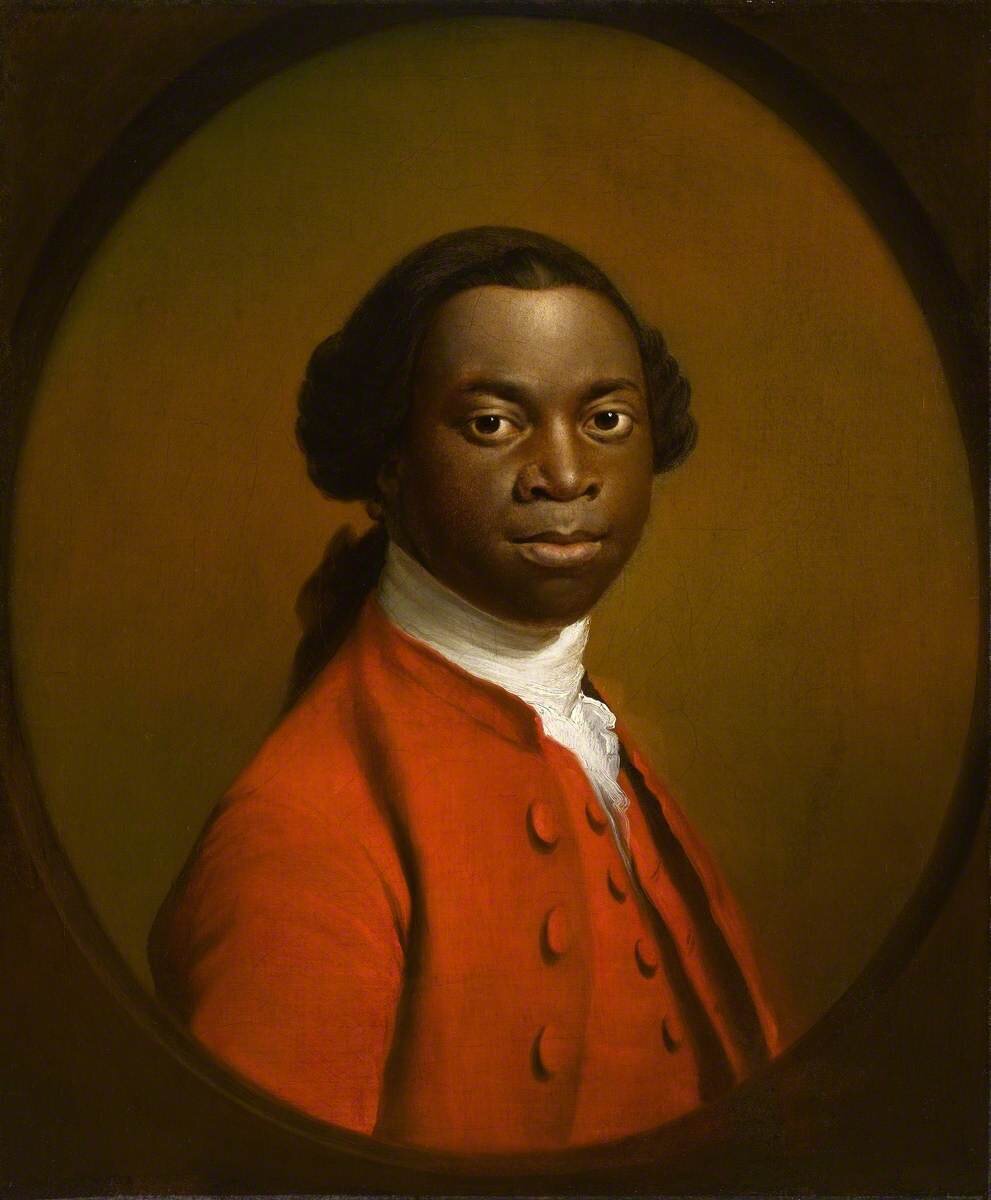



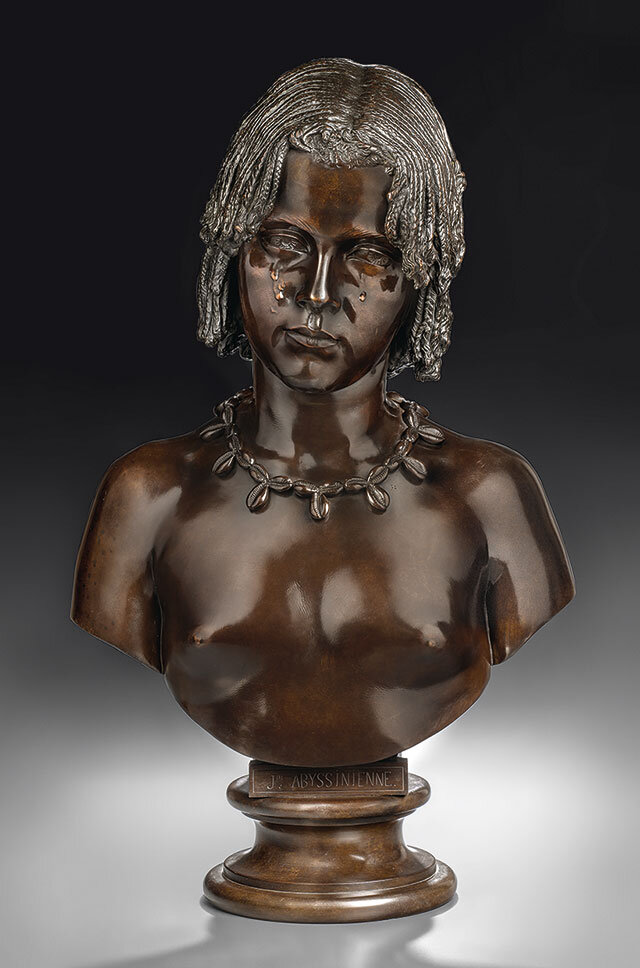
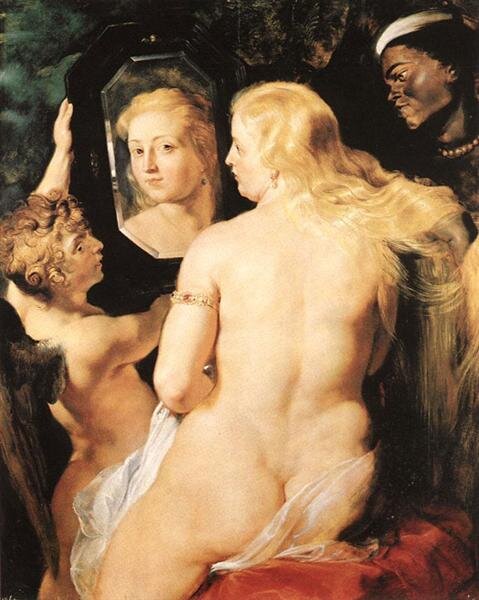
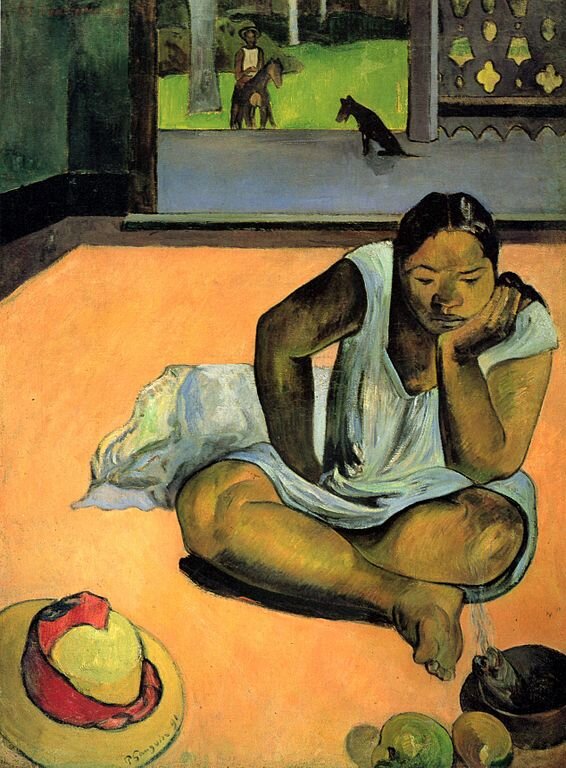
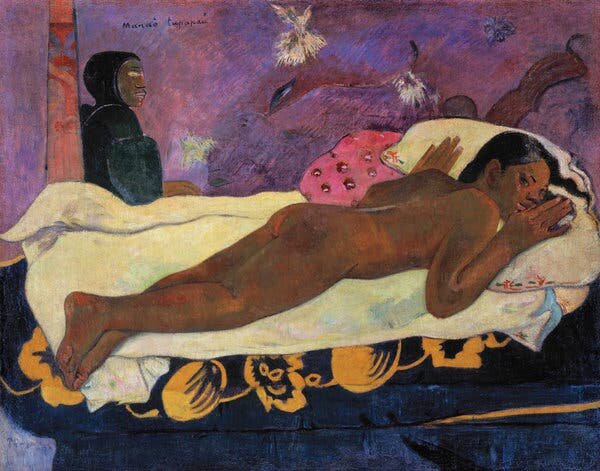
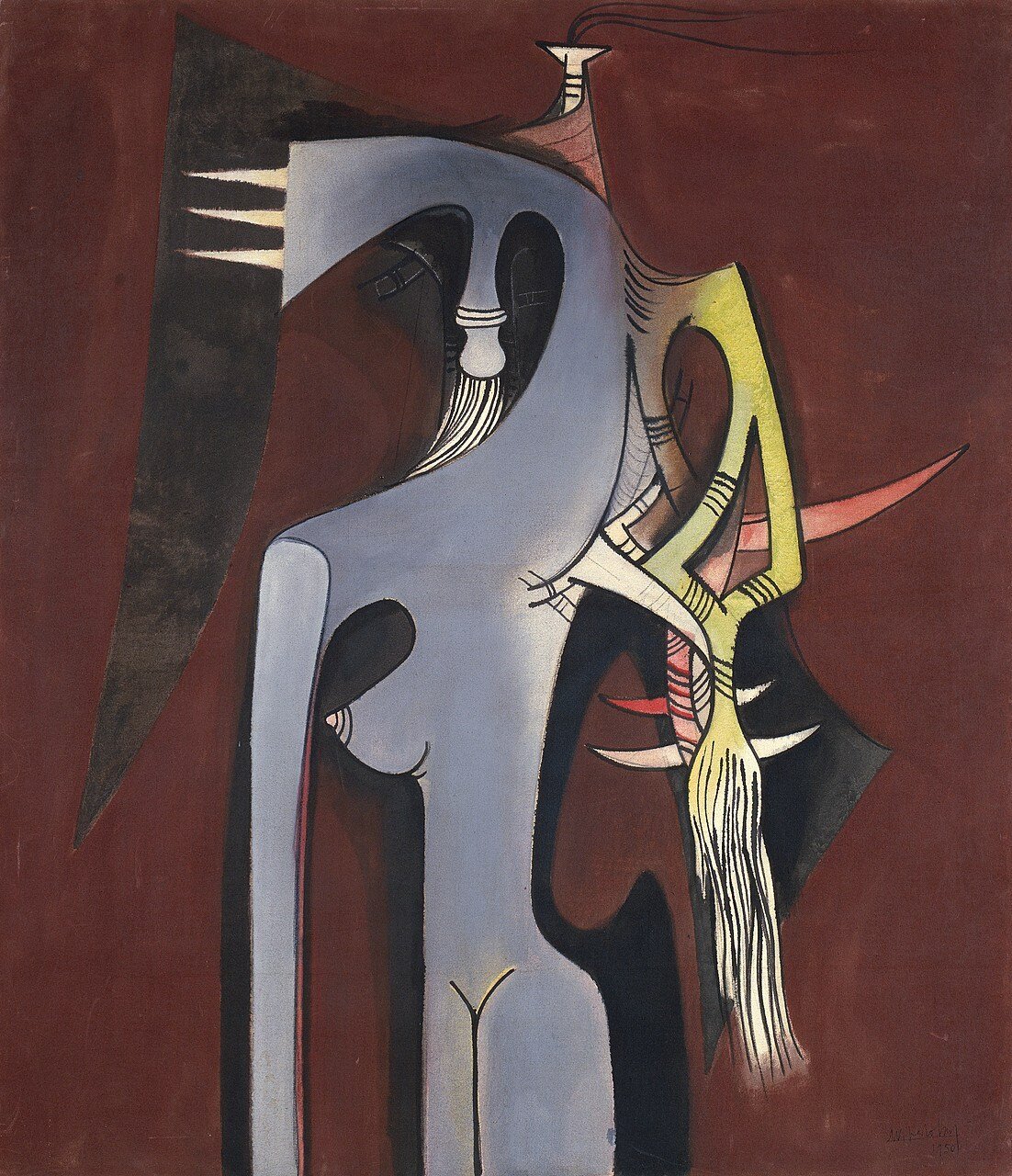
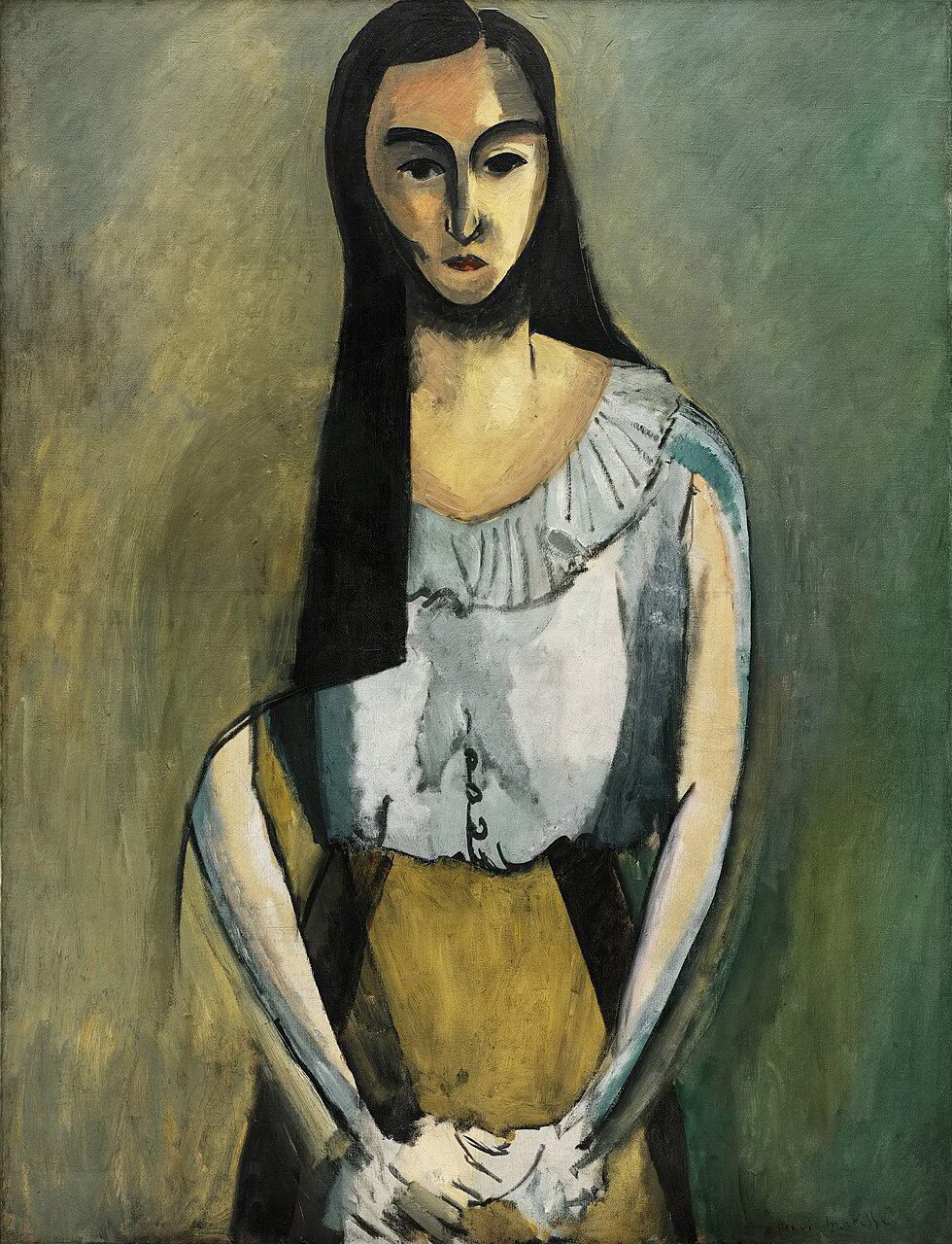
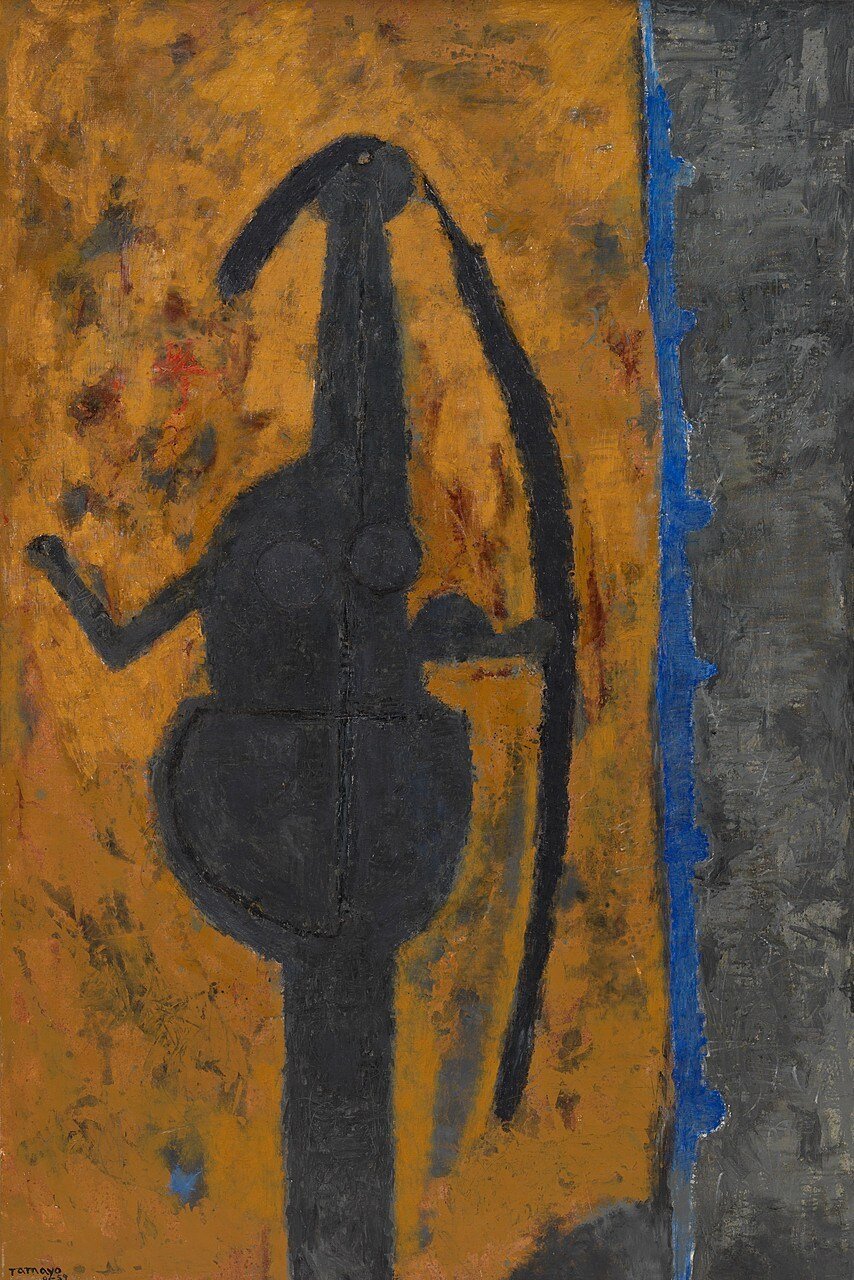
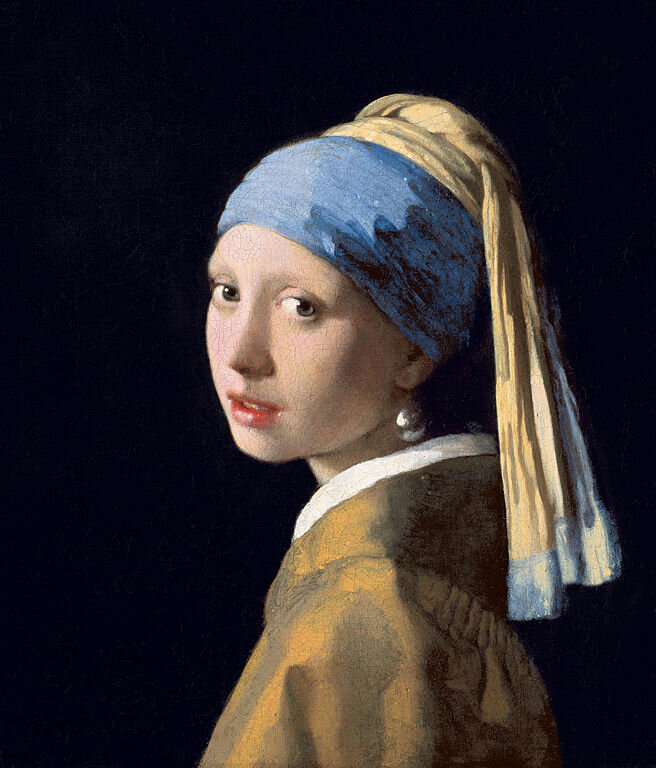
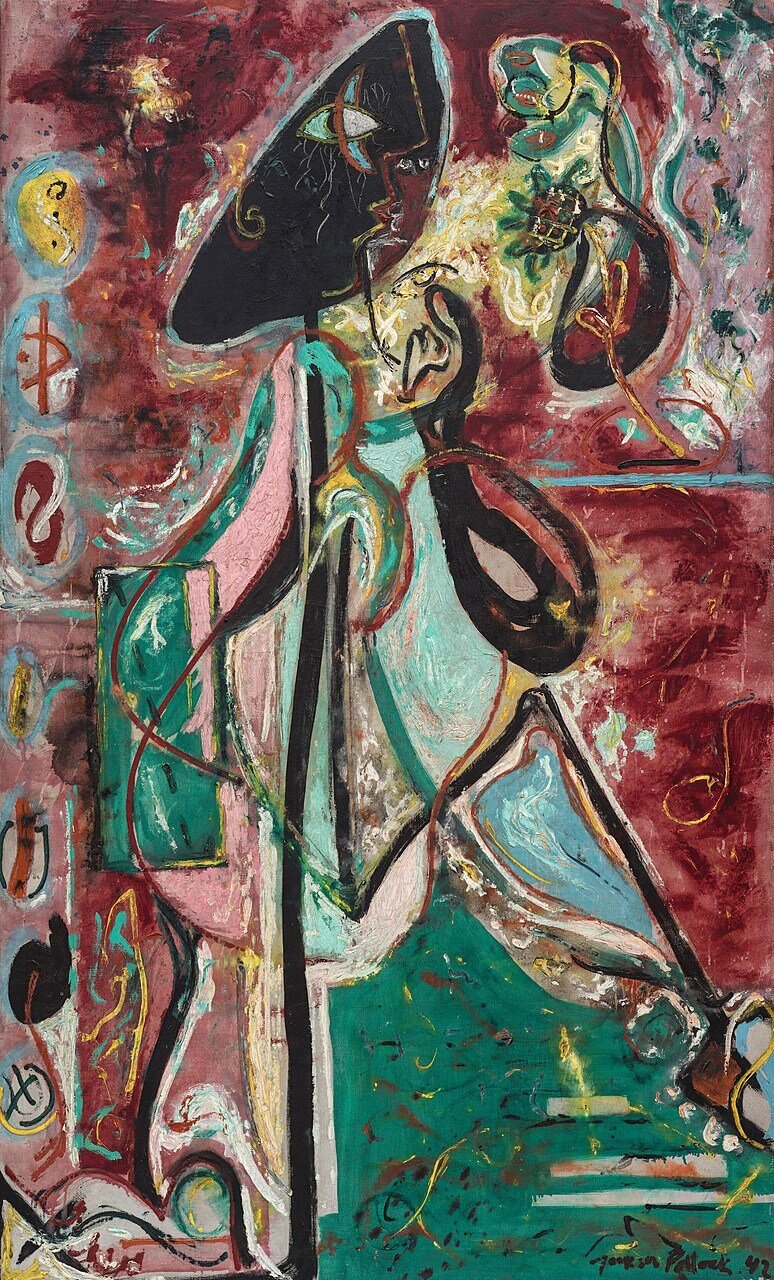
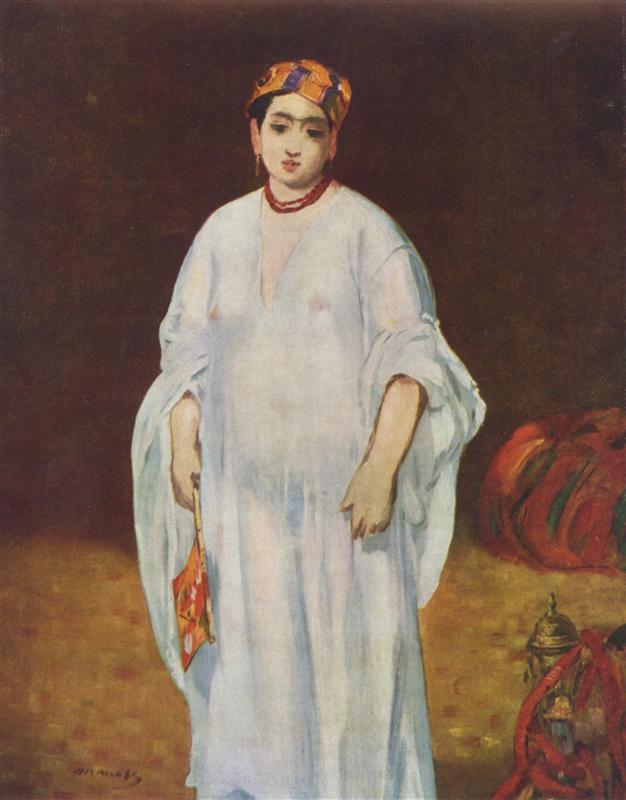
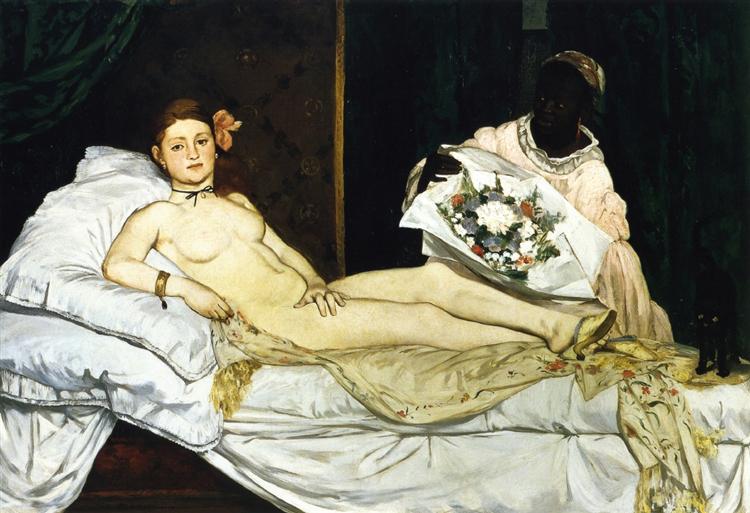
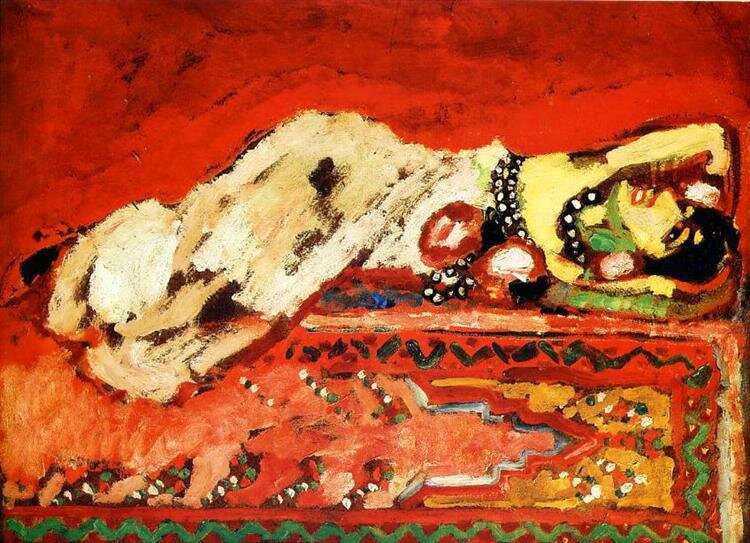

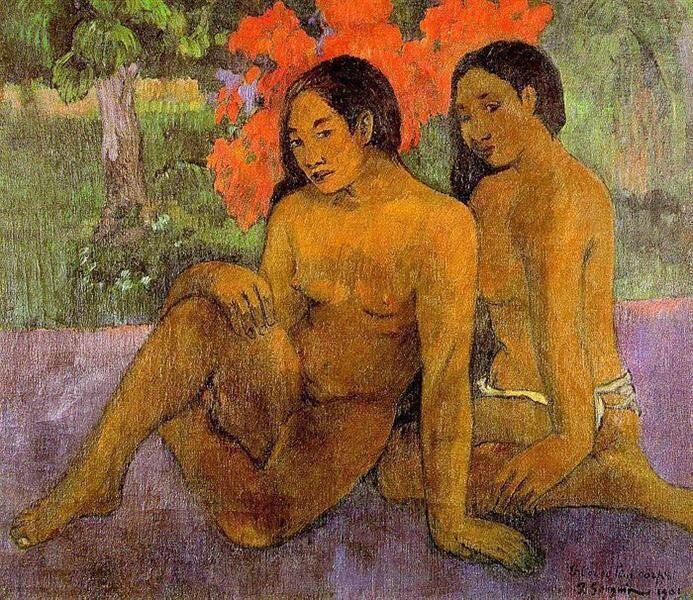
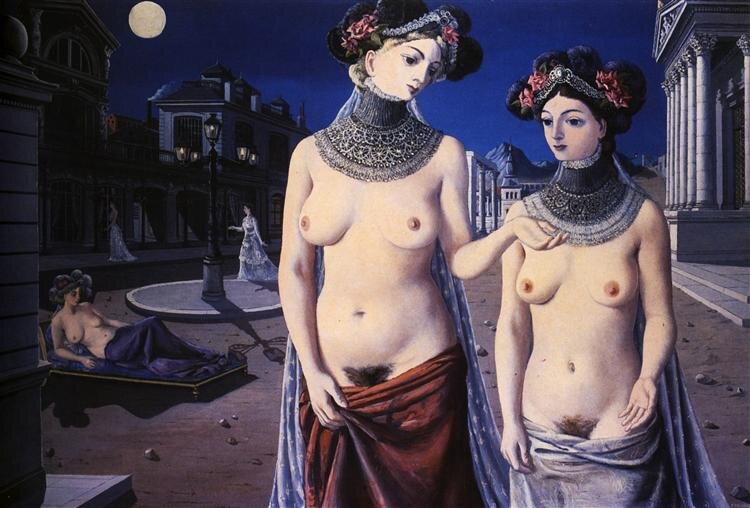
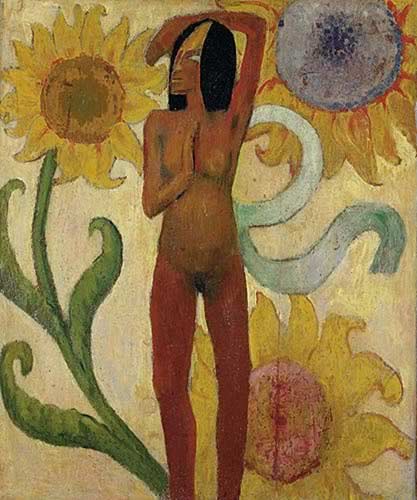

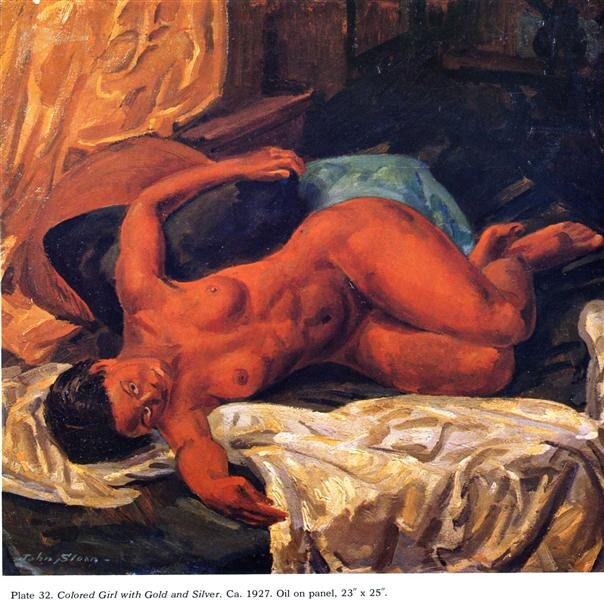
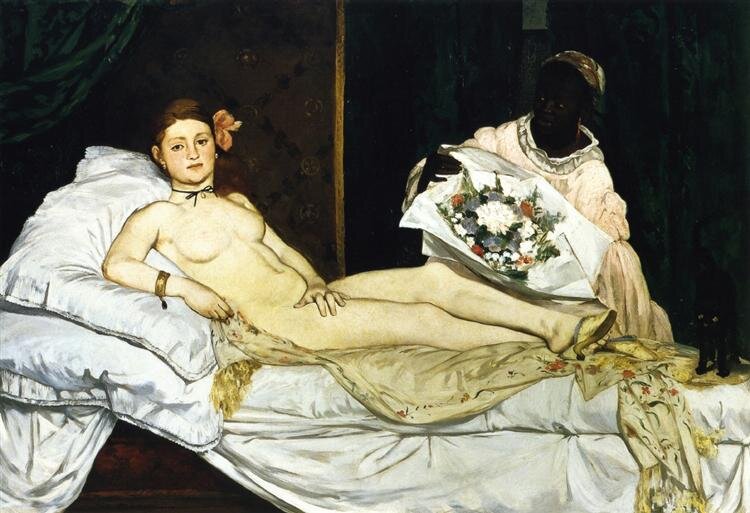
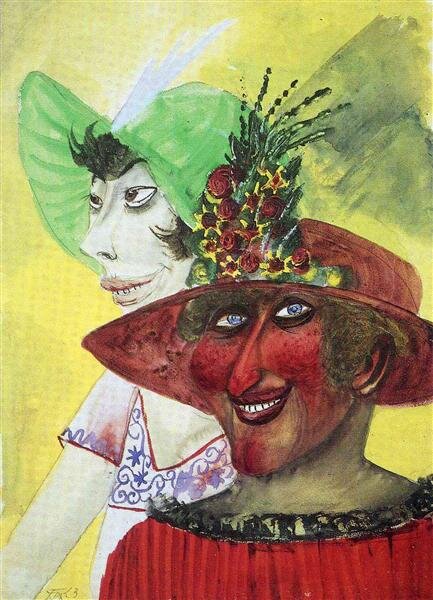
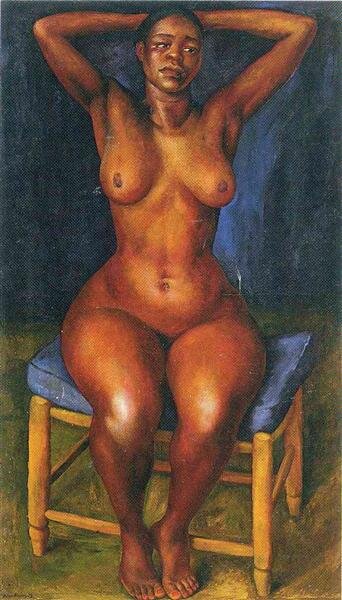
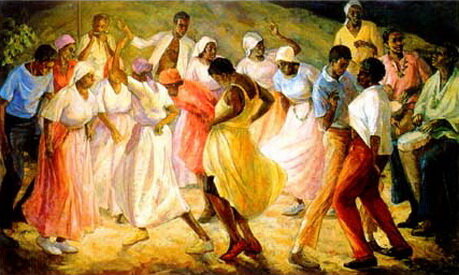
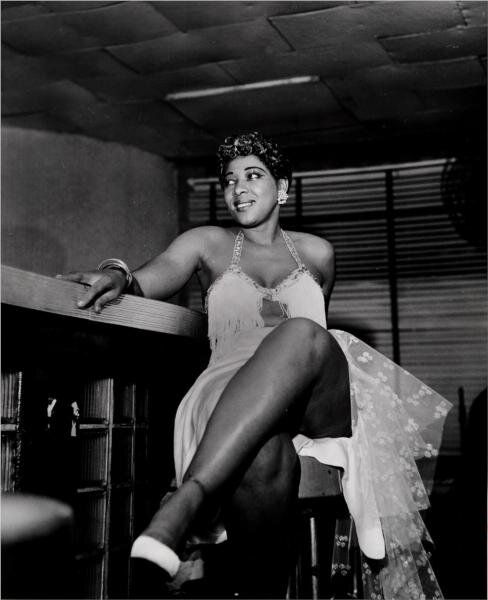
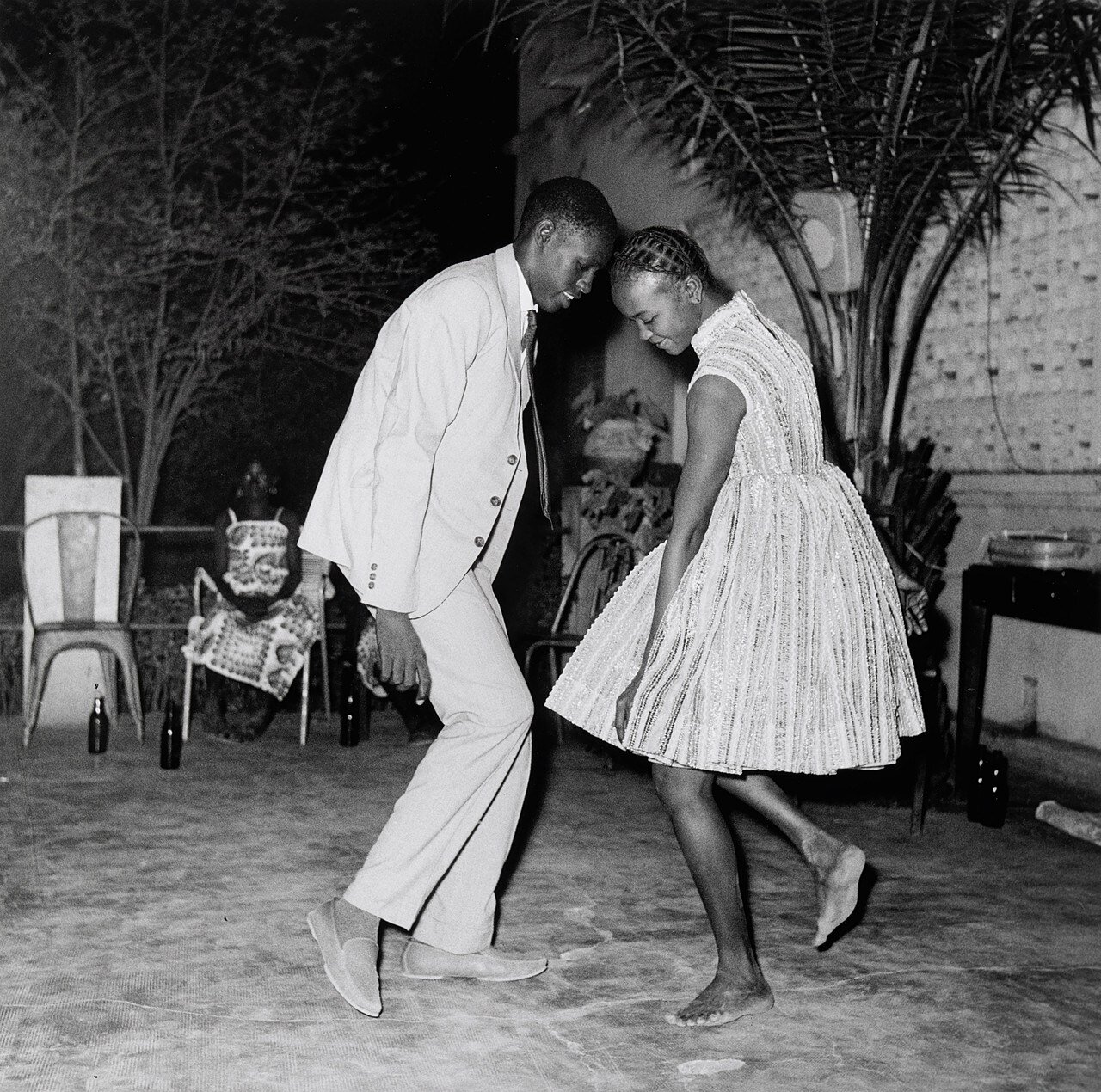
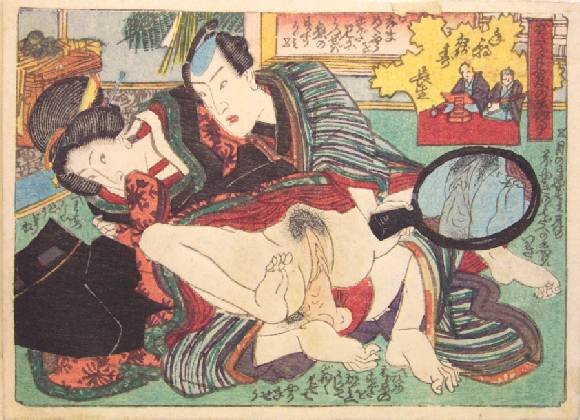
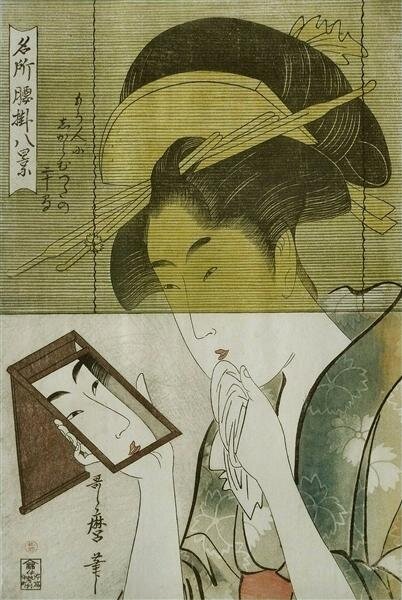







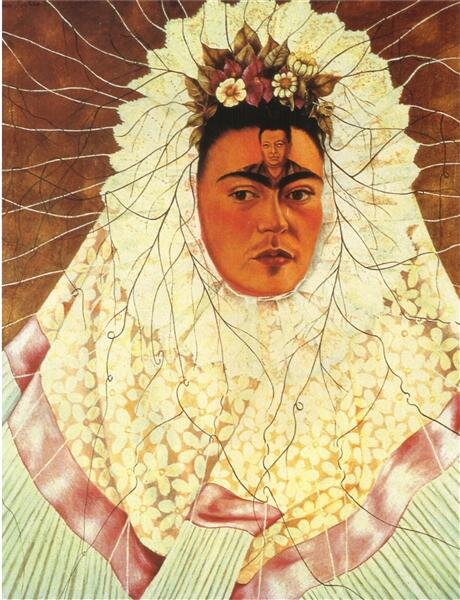
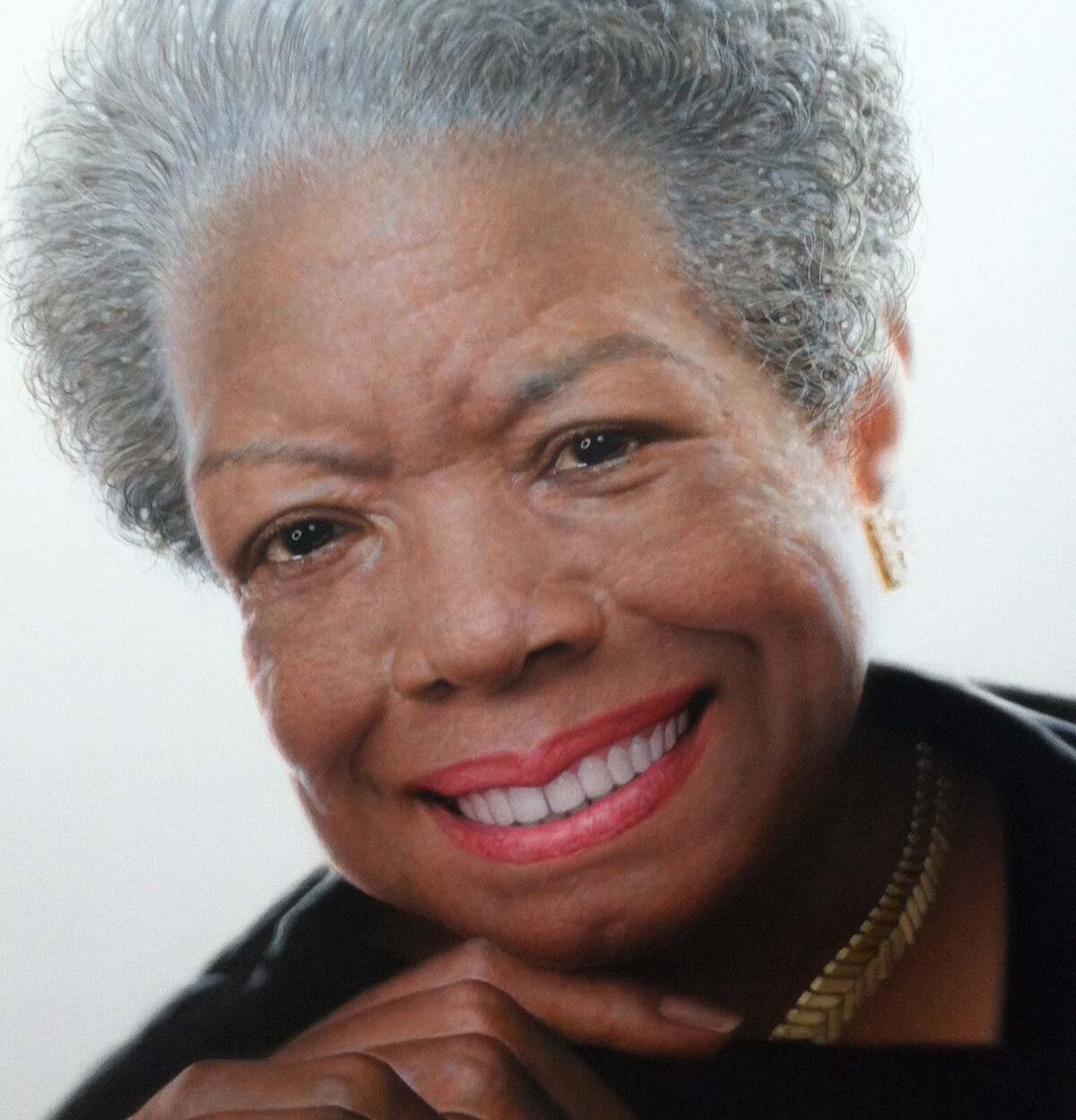
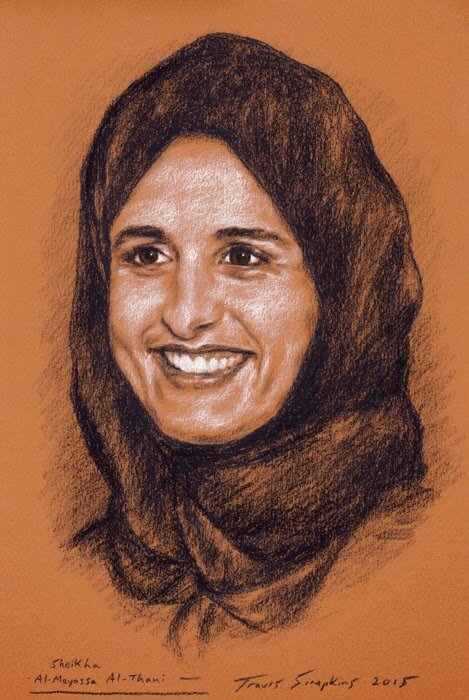

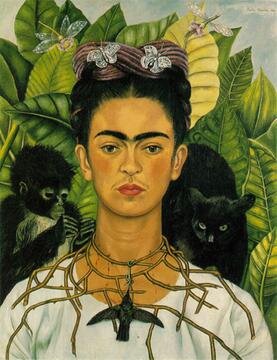
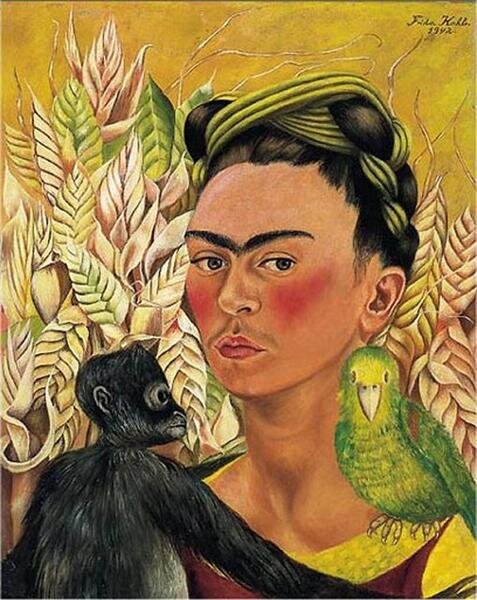


Amanta Scott, encaustic on canvas on panel, 92 x 92 cm, 2019